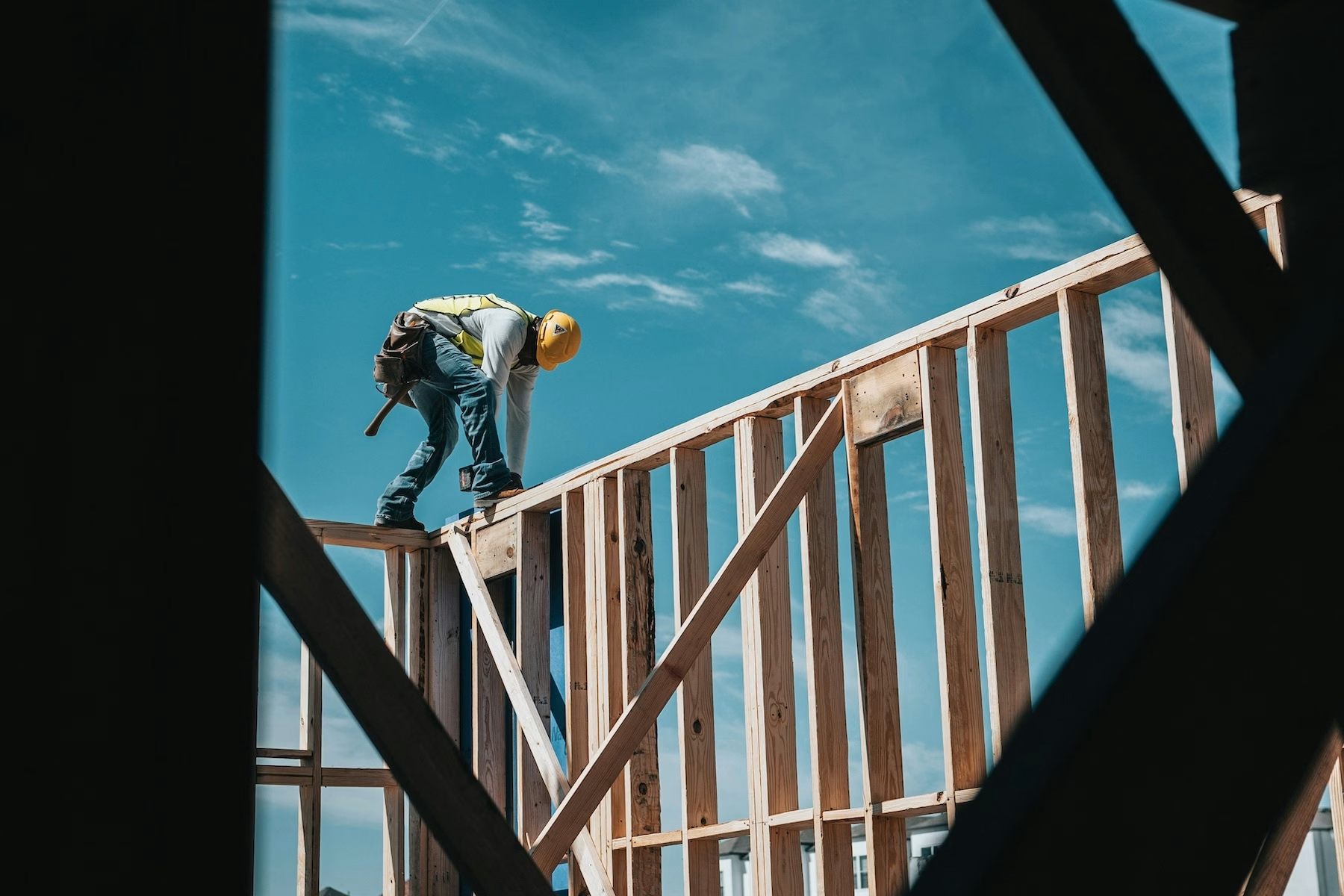It’s been a decade of widespread supply chain uncertainty for businesses worldwide, and this landscape of instability deeply affects construction firms.
In the construction landscape, businesses can face significant disruption through supply chain hurdles that can delay projects, increase costs, and lead to the possible insolvency of trusted suppliers.
Supply chain instability can lead to disruptions to the availability of materials, higher costs for components, and even prompt a shortage in skilled labor.
According to a recent study by Interos, organizations experience an average annual loss of $184 million as a result of supply chain disruptions, while 94% report a negative impact on revenue.
However, there’s growing evidence that affected firms are leading the fight against supply chain instability by embracing technology to overcome disruption.
In a survey of more than 1,700 supply chain management leaders in the fields of building supplies, manufacturing, distribution, and retail, 53% of organizations were found to be encountering escalating supply chain costs, while leading firms were utilizing emerging technologies like generative AI, machine learning (ML), and robotics to overcome these challenges.
But what supply chain hurdles have been the most prevalent for construction businesses? And how can technology help to overcome them? Let’s take a deeper look at the four inefficiencies that firms are grappling with in the industry and how best to counter them:
1. Supply Failings
Supply failings when it comes to construction, such as miscalculations when it comes to sourcing materials or oversupplying stock for projects, could lead to project delays, increased costs, lower quality outcomes, and significant budgeting and reputational ramifications.
Whether these disruptions come as the result of oversight when sourcing components, the financial instability of suppliers, geopolitical uncertainty, or natural disasters, technology has the ability to help overcome these hurdles.
According to McKinsey data, the effective use of artificial intelligence in inventory control can achieve up to a 20% reduction in inventory carrying costs and a 50% decrease in stockouts. This efficiency can translate to construction supply chains by empowering decision-makers to source the appropriate materials as and when they are required.
Data analytics powered by AI and ML technologies can help to improve the forecasting capabilities of construction firms, enabling them to gain a level of precision in reducing excess materials and minimizing instances of shortages for components.
This level of logistical optimization can help more firms to streamline the transportation of goods to further reduce costs.
2. Chain Opacity
Operating with a lack of transparency can cause many inefficiencies for construction firms in meeting deadlines and managing budgets. The ability to know when to expect shipments and to share the data with all stakeholders can make a significant difference in overcoming costly confusion throughout projects.
Fortunately, it’s possible to enhance the transparency of chains to deliver true visibility thanks to sensor technologies like RFID chips and cloud-hosted data analytics. These measures can help to provide a far greater understanding of logistics at every checkpoint, spanning from the production components of raw materials to the delivery of goods.
This enhanced transparency offers a real-time chain overview, signaling, and response that helps to keep inventories sufficiently stocked and ready for action. In turn, these technologies improve cost efficiency and time management so projects can be completed in a timely manner.
Greater visibility can also mitigate instances of misplaced inventory and lost shipments, which can conspire to harm projects from a time and cost perspective.
3. Poor Communication
The inability to communicate effectively throughout your supply chain can lead to damaging project delays, poor delivery experiences, and wasted time that could’ve been spent sending new inventory to relevant sites.
Bridging this logistics shortfall is crucial to slick supply chain operations, and improving supply chain management communication should begin with utilizing the right software.
Cloud-based solutions have the ability to offer 360-degree access to chain overviews while keeping teams up-to-date with the latest information at every stage of the supply chain, preventing instances of human error or preventable delays.
These collaborative insights can not only allow decision-makers to identify precisely where inefficiencies may emerge, but they can also put them in touch with the relevant stakeholders to accelerate processes such as approvals.
4. Weak Logistics
Supply chain logistics can be full of inefficiencies if construction firms continually fail to optimize the transport value chain. Taking measures to automate these problem areas can help speed up deliveries and avoid preventable budgeting expenses.
Digital transformation in logistics is already helping to provide automation tools for warehouses and ports, and smart logistics will be improved further by the proliferation of AI and IoT tools.
Crucially, real-time data monitoring can help to improve routes and apply machine learning intelligence to improve efficiency throughout a network while lowering disruption risks and surpassing sustainability targets.
Overcoming Inefficiencies
Supply chain innovations are helping more construction companies to adopt smarter initiatives and improve the quality of their operations throughout every step of the chain.
Although implementing sweeping digitalization tools can invoke an initial cost outlay, reliance on traditional supply chain approaches could increase exposure to risks, build silos between suppliers, and carry the danger of losing ground to competitors for future projects.
Greater visibility, communication, and forecasting can empower construction firms to navigate the challenges of supply chain efficiency in a more sustainable manner, paving the way for better cost savings long into the future.

